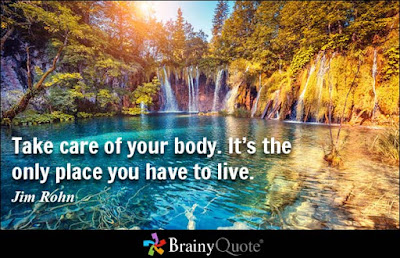* Normal blood pressure
Diastolic indicates the pressure in the arteries when the heart rests between beats.
Stages of Hypertension
- Prehypertension - This hypertension stage is defined as a systolic blood pressure between 120 and 139 or a diastolic pressure between 80 and 89. This can identify people who are at higher risk of having Hypertension.
- Advice: Doctors can advice lifestyle change.
- Stage 1 - If your systolic blood pressure is between 140 and 159 or your diastolic pressure is between 90 and 99.
- Advice: Doctors can advice lifestyle change, and some oral medications.
- Stage 2 - If your systolic pressure is 160 or higher or your diastolic pressure is 100 or higher.
- Advice: Immediate hospitalization.
Common Causes of Hypertension
A-E-I-O-U-S.S.S
- A - Alcoholism
- E - Excessive Caffeine
- I - Improper Diet
- High Sodium(Salty food) - leads to high water volume which leads to high heart pressure which leads to hypertension.
- High Fat
- High Cholesterol
- O - Obesity
- U - Unhealthy Lifestyle
- S - Smoking
- S - Stress
- S - Sedentary Lifestyle
2 Types of Cholesterol
- HDL - High Density Lipoprotein A.K.A Good cholesterol
- LDL - Low Density Lipoprotein A.K.A Bad cholesterol
When LDL attaches to the blood wall, it results to blockage/plaque formation.
- If blockage is on the part going to the heart, a cardiac arrest may occur.
- If blockage is on the part going to the brain, a stroke or CVA(cerebrovascular accident) may occur.
Also, plaque formation can lead to Atherosclerosis, which is the hardening/narrowing of the arteries.
And having Atherosclerosis, one can be prone to Aneurysm, which is the enlargement of the arteries which can lead to rupture.
Statins - oral medication which a doctor can prescribe. And because of it being potent, one side effect is, it can harm your liver cells which can cause liver problem.
Signs and Symptoms
- Blurry vision
- Numbness in the shoulder area radiating to the left shoulder.
- Body weakness
- Difficulty in breathing*
- Chest pain*
*frequent occurrence requires hospitalization.
Complications
- Stroke (cerebrovascular accident)
- Heart Attack
- Cardiomegaly (heart enlargement)
- Atherosclerosis
- Aneurysm
- Kidney failure
- Blindness
Health Teachings
Reverse the CAUSES (A-E-I-O-U-S.S.S)
- Avoid alcoholism
- Limit caffeine intake
- Watch your diet
- Food low in sodium, fat, & cholesterol
- Manage weight
- Healthy Lifestyle
- Stop smoking (gradual)
- Manage stress (e.g. proper breathing exercise)
- Diversional activities (e.g. exercise [walk for 30mins] )
USANA's Product Recommendation
- Essentials
- Renal vitamins (for kidney)
- Vitamins B1, B2, B6, & B12
- Vitamin C
- Folic acid
- Pantothenic acid
- Niacin
- Biotin
- Hesperidin
- Promotes heart muscle relaxation
- Inositol
- Can help lower bad cholesterol
- PS: Do not give if client is taking Vitamin K antagonist
- Proflavanol C100
- Bioflavonoids
- Lowers bad cholesterol
- Dilates the constricted blood vessels
- Strengthen blood vessels
- Promote better blood circulation
- BiOmega
- Acts as a blood thinner
- Dilute the plaque formation
- CoQuinone 30
- High in CoEnzyme Q10
- Strengthen heart muscles
1 Hypertension








